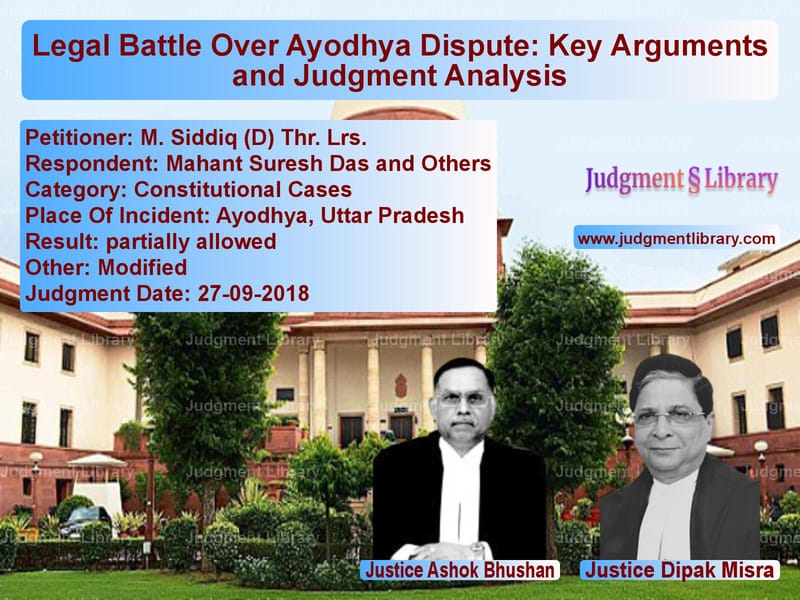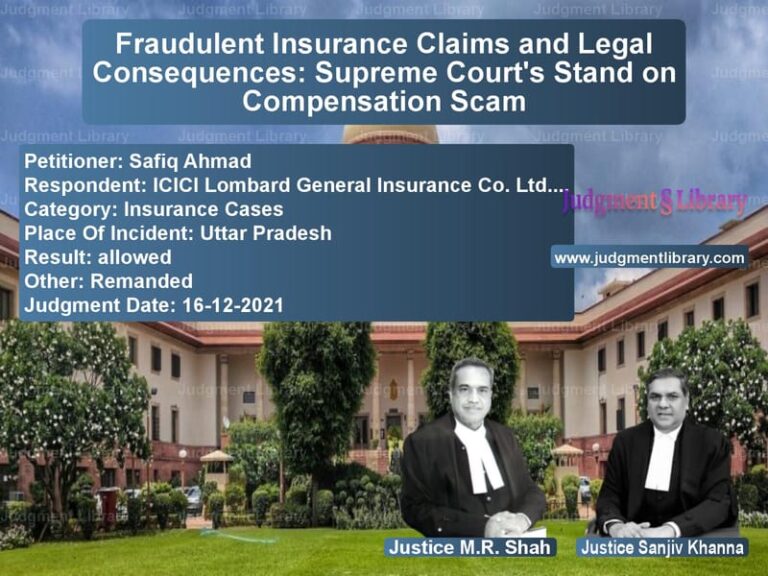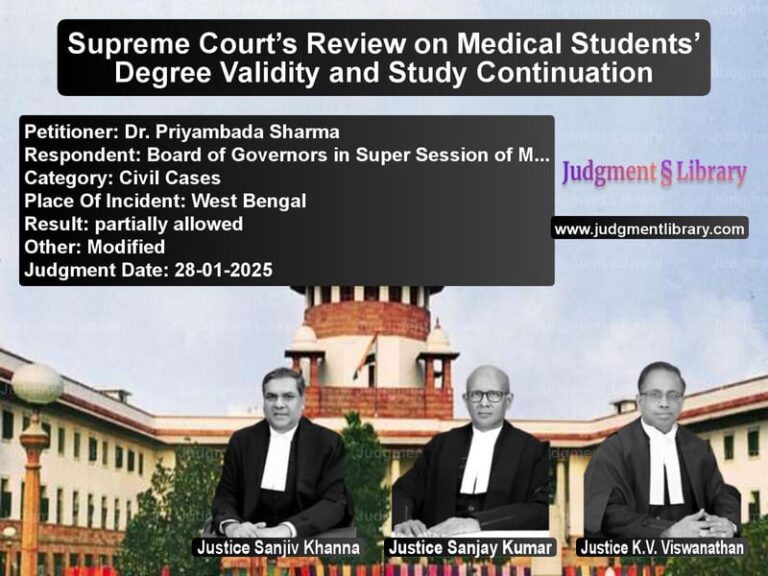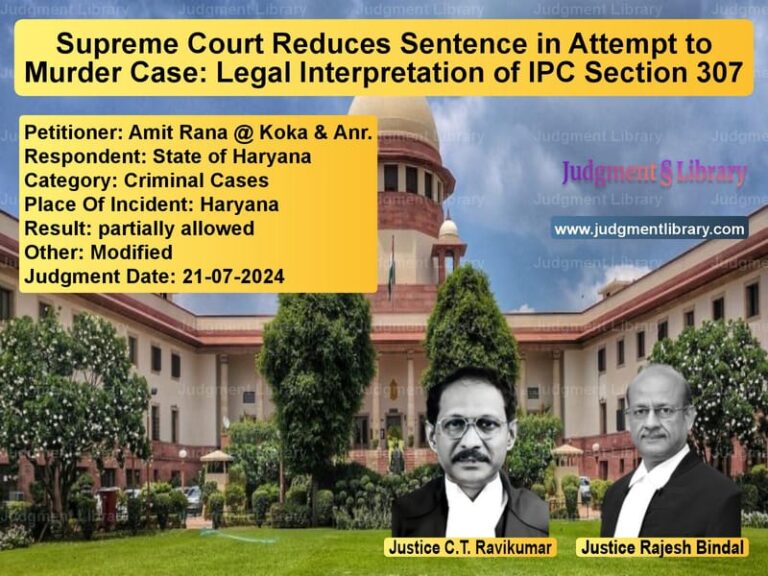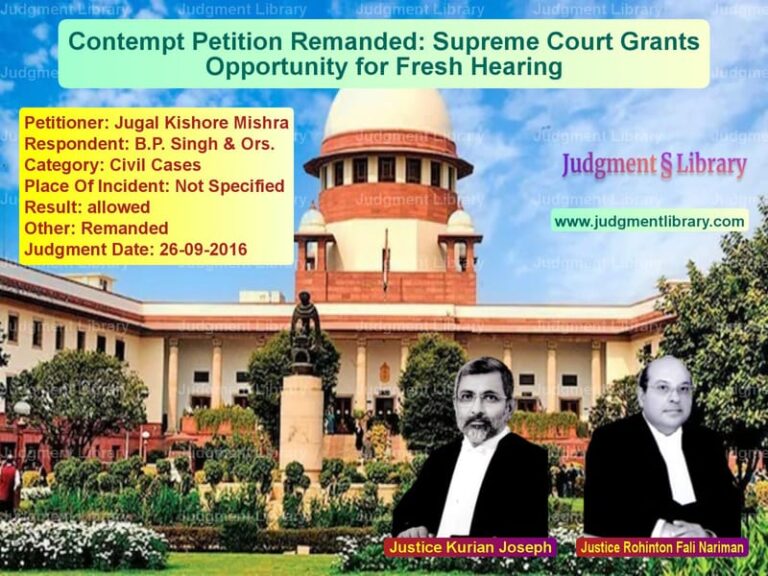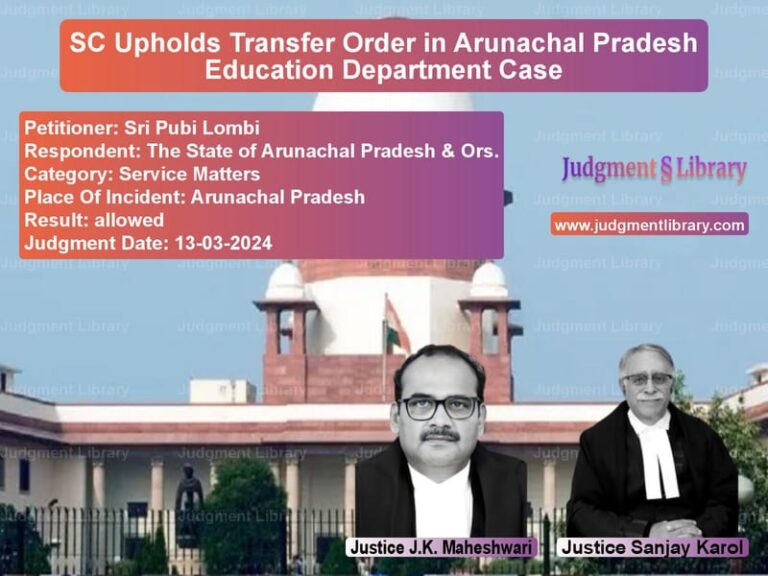Legal Battle Over Ayodhya Dispute: Key Arguments and Judgment Analysis
The Ayodhya land dispute case has been one of the most controversial and historic legal battles in India. The case revolved around the ownership of the land in Ayodhya, Uttar Pradesh, where the Babri Masjid once stood before its demolition in 1992. The dispute between Hindu and Muslim groups had lasted for decades, with both sides presenting arguments based on historical evidence, religious beliefs, and legal principles.
The case reached the Supreme Court after several lower court verdicts failed to resolve the matter conclusively. The Supreme Court’s final decision, delivered in 2018, aimed to balance the interests of both communities while upholding constitutional values.
Background of the Case
The dispute dates back to the 19th century when both Hindus and Muslims claimed ownership of the land. The Babri Masjid, built in the 16th century, was claimed by Muslims as their place of worship. Hindus, on the other hand, argued that the mosque was built on the birthplace of Lord Rama and that a temple originally stood at the site.
Over the years, tensions escalated, culminating in the demolition of the Babri Masjid in 1992 by Hindu activists. This act led to nationwide communal riots and multiple legal cases regarding the ownership and future use of the land.
Petitioners’ Arguments
The Hindu petitioners argued that:
- The disputed land was the birthplace of Lord Rama, and Hindus had worshipped there for centuries.
- The Babri Masjid was built by demolishing a pre-existing Hindu temple, making the claim of Muslims invalid.
- The Archaeological Survey of India (ASI) had found evidence of a temple-like structure beneath the demolished mosque, proving Hindu claims.
- The faith and religious sentiments of Hindus regarding Lord Rama’s birthplace should be respected.
Respondents’ Arguments
The Muslim petitioners argued that:
- The Babri Masjid stood at the site for over 400 years, and the demolition in 1992 was an illegal act.
- The place was a legally recognized mosque where Muslims had been offering prayers for centuries.
- The Constitution of India guarantees the right to practice religion, and allowing a temple in place of the demolished mosque would violate Muslim rights.
- The ASI report was inconclusive and did not prove that a Hindu temple was forcibly replaced by the mosque.
Supreme Court’s Key Observations
The Supreme Court, comprising Ashok Bhushan and Dipak Misra, carefully analyzed the arguments presented by both sides. Some of the key observations made in the judgment were:
1. Religious Beliefs and Legal Rights: “While faith and religious sentiments are important, they cannot override the legal rights of parties. The courts must base their decisions on evidence and constitutional principles, rather than religious beliefs.”
2. ASI Findings: “The ASI report suggests the presence of an underlying structure that may have predated the mosque. However, the report does not conclusively prove that a temple was demolished to build the Babri Masjid.”
3. Government’s Role in Land Allocation: “The government has the right to acquire land for public purposes, including the construction of places of worship, provided it does not infringe upon the fundamental rights of any community.”
Final Judgment
The Supreme Court’s ruling sought to provide a balanced solution that would be acceptable to both communities. The key aspects of the verdict were:
- The disputed land would be handed over to a government trust to build a Hindu temple.
- An alternative piece of land, measuring five acres, would be provided to the Muslim community to build a mosque.
- The demolition of the Babri Masjid was illegal and should not have occurred.
- The government was tasked with ensuring peace and communal harmony while implementing the judgment.
Impact of the Judgment
The Supreme Court’s verdict had far-reaching implications:
- It resolved a decades-old dispute that had been a major source of communal tensions.
- It reaffirmed the principle that faith cannot override constitutional values and legal evidence.
- The judgment set a precedent for handling religious disputes through legal and constitutional means.
- It called for reconciliation between communities and encouraged peaceful coexistence.
Conclusion
The Ayodhya case was one of the most complex legal battles in India’s history, requiring the judiciary to navigate historical, religious, and constitutional aspects carefully. The Supreme Court’s judgment aimed to bring closure to the dispute while ensuring fairness for both communities.
By providing land for both a Hindu temple and a mosque, the court sought to uphold the spirit of secularism enshrined in the Constitution. The ruling serves as a crucial reference point for future cases involving religious disputes and property rights.
Petitioner Name: M. Siddiq (D) Thr. Lrs..Respondent Name: Mahant Suresh Das and Others.Judgment By: Justice Ashok Bhushan, Justice Dipak Misra.Place Of Incident: Ayodhya, Uttar Pradesh.Judgment Date: 27-09-2018.
Don’t miss out on the full details! Download the complete judgment in PDF format below and gain valuable insights instantly!
Download Judgment: M. Siddiq (D) Thr. L vs Mahant Suresh Das an Supreme Court of India Judgment Dated 27-09-2018.pdf
Direct Downlaod Judgment: Direct downlaod this Judgment
See all petitions in Fundamental Rights
See all petitions in Constitution Interpretation
See all petitions in Public Interest Litigation
See all petitions in Separation of Powers
See all petitions in Judgment by Ashok Bhushan
See all petitions in Judgment by Dipak Misra
See all petitions in partially allowed
See all petitions in Modified
See all petitions in supreme court of India judgments September 2018
See all petitions in 2018 judgments
See all posts in Constitutional Cases Category
See all allowed petitions in Constitutional Cases Category
See all Dismissed petitions in Constitutional Cases Category
See all partially allowed petitions in Constitutional Cases Category

